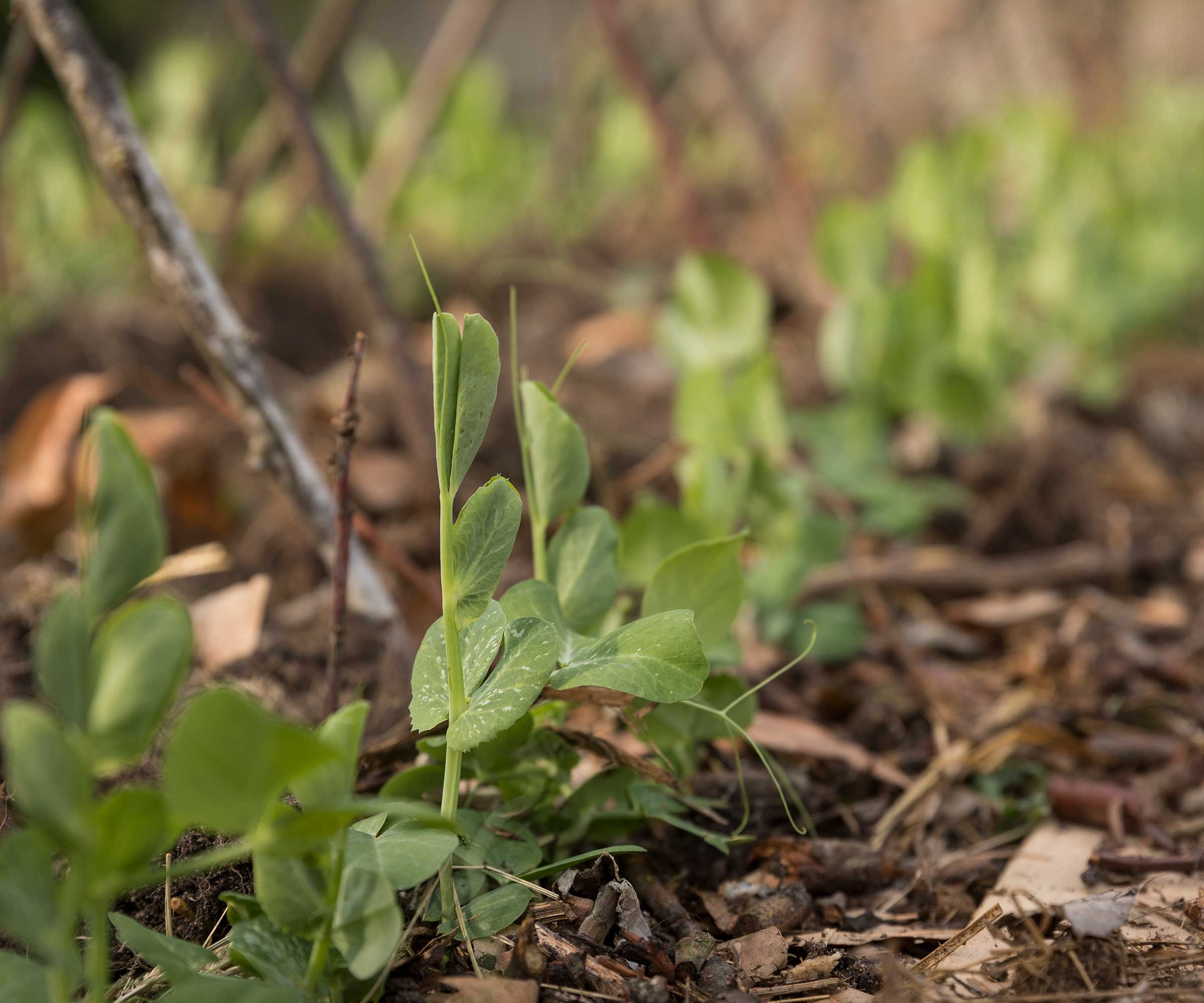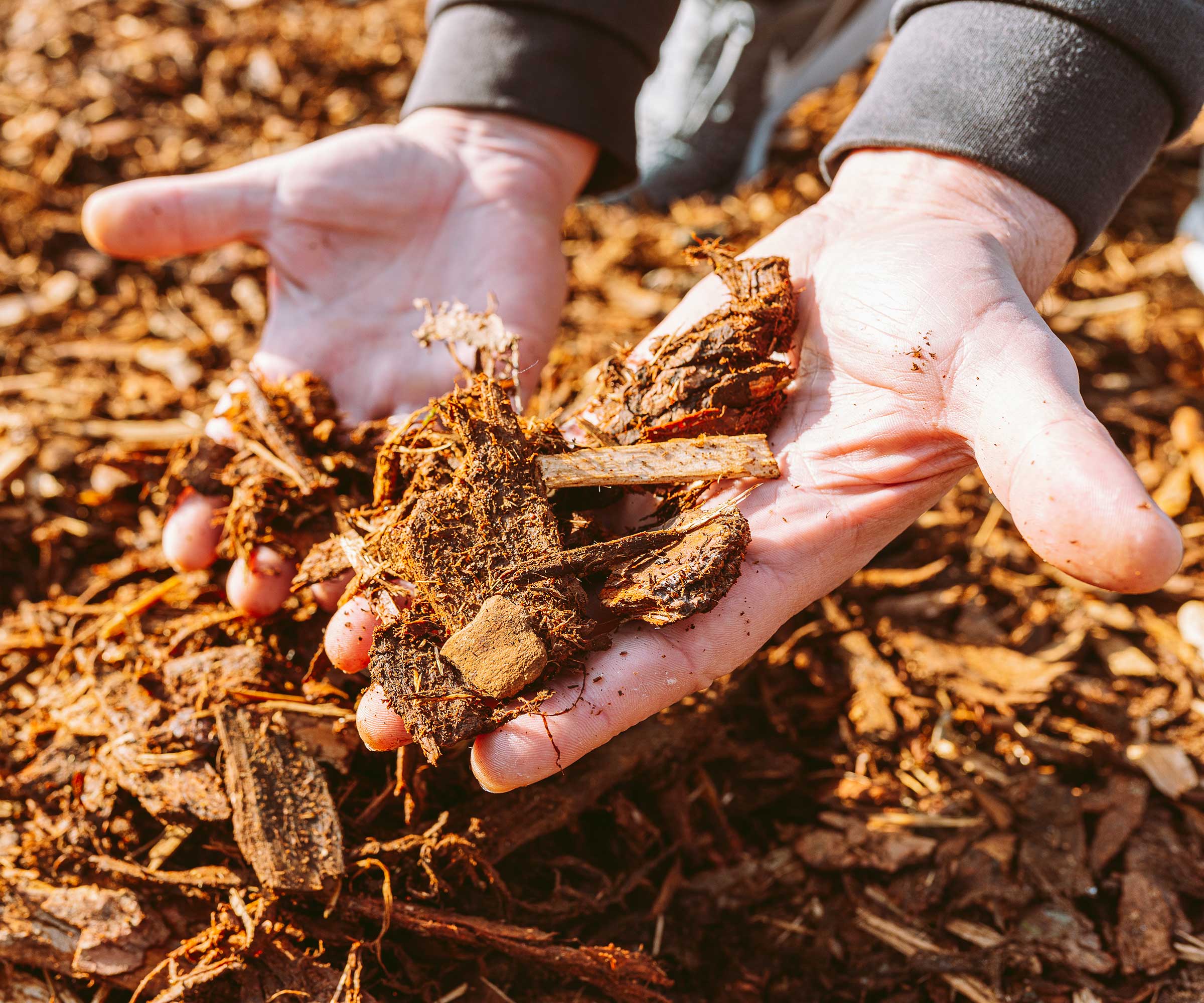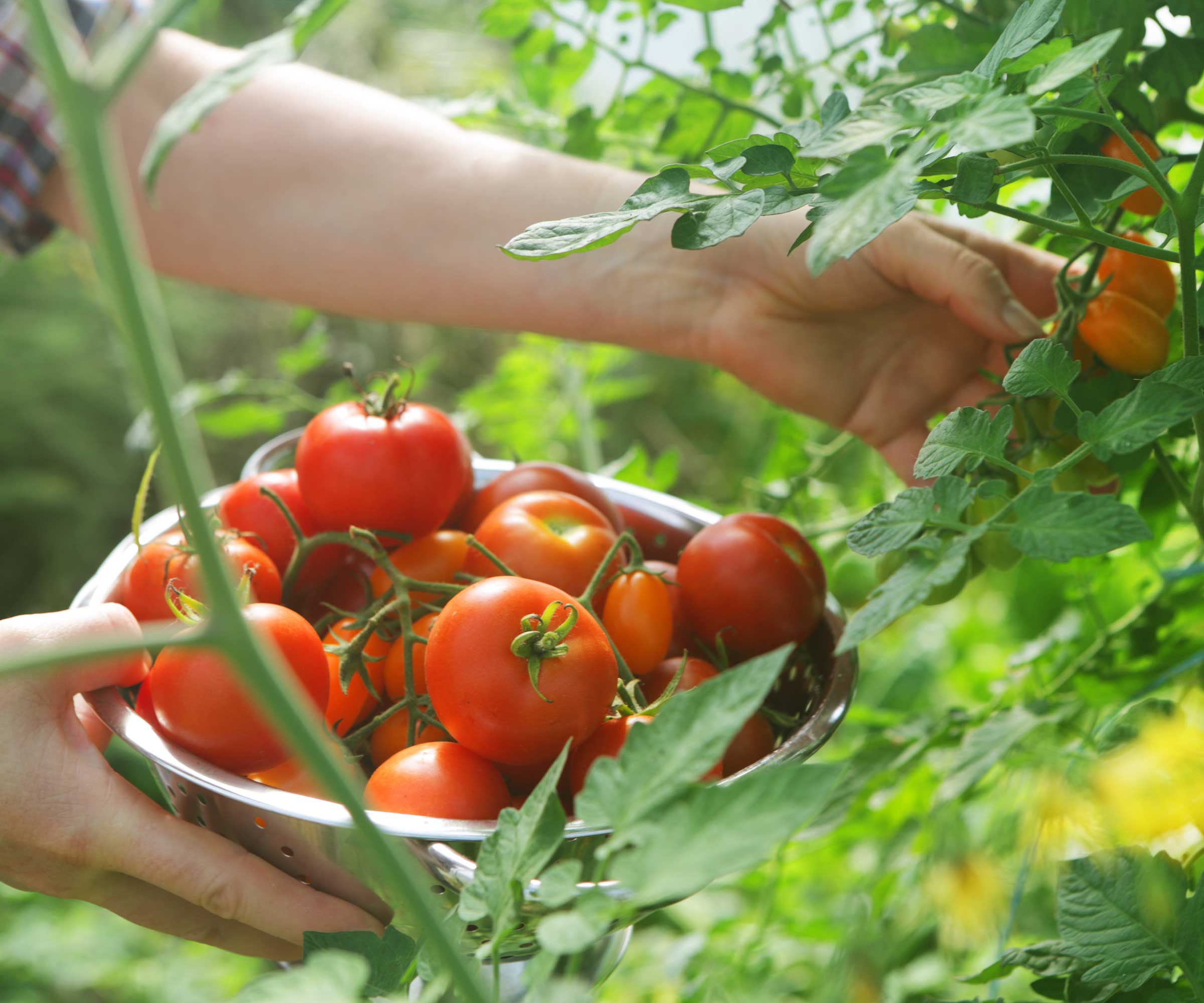
If you're interested in permaculture, the Back to Eden gardening method may sound familiar. It isn't exactly new – but, as sustainable gardening becomes increasingly important, it's reappeared on our radar.
Not only is the technique an eco-friendly way to start a vegetable garden, but it's also easy to do. It cuts out the need for laborious digging. Instead, beds are covered with mulch, which does all the hard work for you.
The method was made known by Paul Gautschi, an American gardener and arborist, who tends to his vegetable garden and orchard using minimal human intervention. His story was brought to public attention in 2011 by the Back to Eden film, produced and directed by Dana Richardson and Sarah Zentz, which has since received millions of views.

Trying the Back to Eden gardening method at home
Mulching is the key component of this sustainable gardening approach. Various types of mulch can be used, including straw, grass clippings, and leaves. However, in the film, Paul notes how wood chips are his favorite. He uses two different types: screened, composted wood chips, and fresh arborist wood chips.
The former are arborist wood chips that have decomposed for at least six months, with any remaining large wood chips removed. Paul spreads this material over his garden beds. He uses the fresh wood chips in his orchard, where they are left to decompose in situ.
The documentary highlights all the benefits of this simple act: it improves soil health, reduces moisture loss, makes it much easier to get rid of weeds, and more. Both Paul's garden and orchard are thriving.
How to get started with the Back to Eden gardening method

To start your own permaculture patch with this method, you'll first need to lay down a thick layer of newspaper. There is no need to weed or remove grass beforehand. On top of the newspaper, put at least 3–4 inches of organic compost, followed by at least 3–4 inches of wood chips, says film producers Dana and Sarah on their website. The process is similar to lasagna gardening.
This layer of wood chips is then added to over the years. Remember, this is a no-dig gardening approach, so simply put new mulch on top.
While composted, screened wood chips are ideal for vegetable gardens, you can also use fresh wood chips. However, Dana and Sarah recommend applying these in the fall. This gives them a chance to break down before you start planting in the spring. Alternatively, you can compost the wood chips separately before applying them to your beds, they add.
When it's time to sow seeds or plant plants, push the layer of mulch aside, and plant into the compost below. Then, use the mulch to cover the seeds or surround your plants.
An organic fertilizer, such as clean, composted manure, can help to supplement your garden in the early stages. Add it on top of your mulch throughout the growing season, the producers advise. Paul uses composted manure from his chickens. Chemical fertilizers, weed killers, and pesticides should not be used.
Potential drawbacks with the Back to Eden gardening method

An undesirable side effect of using wood chips as mulch is it provides excellent housing for slugs, warns Charmaine Peters, a gardening expert from Arden. She recommends sprinkling diatomaceous earth around the base of the plants to discourage them. This diatomaceous earth from Harris at Amazon is a well-rated example.
Charmaine also says it's important to vet your sources of mulch. 'A lot of mulch is treated with pesticides or wood preservatives,' she says.
Rebecca Sears, a gardening expert from Ferry-Morse, notes how building fertile soil through this method can take some time. As highlighted on the Back to Eden website, Paul had been using the technique in his vegetable garden for nearly 15 years, and in his orchard for nearly 30, when the producers arrived to film. Patience is key.
Rebecca also warns how too much mulch can lead to mold growth and prevent water from reaching your plants’ roots. 'Monitor how much mulch you’re layering over time,' she advises.
FAQs
Where can you get wood chips from?
To obtain free wood chips, the Back to Eden producers recommend ChipDrop, an online service that connects gardeners to local arborists.
Black walnut and eucalyptus wood chips should be avoided, note the producers, as they can suppress seed growth.
Can you try the Back to Eden gardening method in raised beds?
Yes, you can apply this approach to raised garden beds. The producers of Back to Eden recommend using untreated wood, and making the beds at least 12 inches deep. Then, they advise adding a layer of composted organic matter, again, at least 12 inches deep. This should be followed by your wood chip mulch.
They note how the compost will break down over the following year. To add more, you will need to push the wood chips aside first. Afterward, rake the mulch back over the top, taking care not to dig it in. Add more mulch on top.
'Gardeners may enjoy practicing the Back to Eden method because it results in a low-maintenance garden,' says Rebecca. Once set up, it's so simple to look after, as you let nature do its thing.
Just ensure the veggies you choose to grow are suitable for your hardiness zone. And, although your beds will require less irrigation overall, remember to water your seeds regularly to help them germinate. You may need to water your beds during periods of drought, too. Using harvested rainwater is best.





!["[T]he First and Fifth Amendments Require ICE to Provide Information About the Whereabouts of a Detained Person"](https://images.inkl.com/s3/publisher/cover/212/reason-cover.png?w=600)

